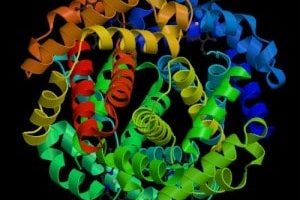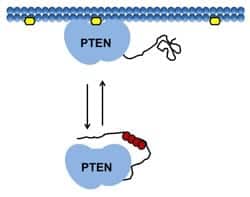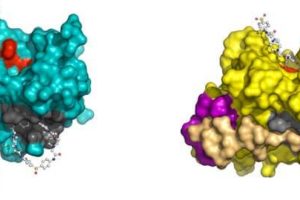national institute of general medical sciences
Traumatic injury sets off a ‘genomic storm’ in immune system pathways
Serious traumatic injuries, including major burns, set off a “genomic storm” in human immune cells, altering around 80 percent of the cells’ normal gene expression patterns. In a report to appear in the December Journal of Experimental Medicine, membe…
Toward a fast, simple test for detecting cholera rampaging in 40 countries
With cholera on the rampage in Haiti and almost 40 other countries, scientists are reporting the development of a key advance that could provide a fast, simple test to detect the toxin that causes the disease. The report appears in ACS’ journal Bioc…
Math from the heart: Simulating stent design and coating
Suncica “Sunny” Canic was good at math in school, so that’s what she pursued as a career. But she always liked medicine, too. When she moved to Houston, Texas, and met some cardiologists at a party, she started talking with them about what they …
Mathematical models reveal 'molten' and 'glassy' states of RNA
Mathematical models have given physicists a new look at DNA’s chemical counterpart, RNA. The models — showing that RNA behaves differently depending on the temperature of its environment — may help biologists better understand how life evolved on Earth.
Current Funding Pattern Threatens Biomedical Research
Biomedical research and the development of powerful new diagnostic tools will be hobbled in the U.S. if the government fails to adequately fund mathematics, physics and engineering research, major drivers, of progress in biology, according to the executive director of the Institute for Quantitative Biomedical Research, headquartered at UCSF. Physics underlies powerful medical imaging diagnostics such as MRI and CAT capabilities, while mathematical tools are essential to tease apart complex signaling networks active in nearly all essential cell processes, said Marvin Cassman, PhD. “If we don’t adequately support physics, engineering and mathematics, we put the brakes on medically-related progress as surely as we slow advances in math and physics,” he said.
Researchers discover how embryo attaches to the uterus
Researchers funded by the National Institutes of Health have discovered how an embryo initially attaches to the wall of the uterus?what appears to be one of the earliest steps needed to establish a successful pregnancy. Specifically, the researchers found that 6 days after an egg is fertilized, the embryo uses specialized molecules on its surface and molecules on the surface of the uterus to attach itself to the wall of the uterus.
Researchers Discover Unusual Protein Structure: A Knot
Researchers have determined the structure of a protein with a surprising feature in it: a knot. This is the first time a knot has been found in a protein from the most ancient type of single-celled organism, an archaebacterium, and one of only a few times a knot has been seen in any protein structure. This very unusual protein shape finding is a result from the NIGMS Protein Structure Initiative, a 10-year effort to determine 10,000 unique protein structures using fast, highly automated methods.



